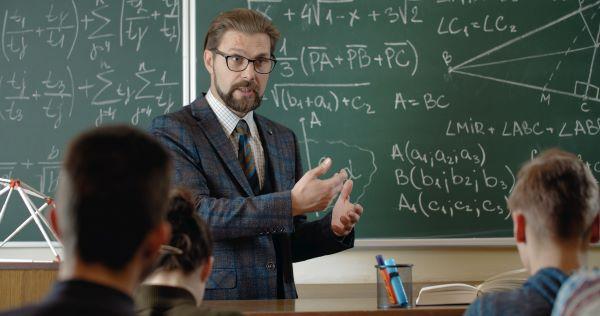With Australia now holding a secondary school mathematics ranking of 29 out of the 38 Organisation for Economic Co-operation and Development (OECD) nations, a drop of 18 places compared to 20 years ago, a new international paper co-authored by a University of South Australia cognitive psychologist shows that hand gestures may provide part of the solution.
The falling maths ranking has created widespread debate over whether curriculum changes are needed in Australia’s schools, but in the latest edition of Integrative Psychology and Behavioural Science, University of South Australia’s Dr. Fernando Marmolejo-Ramos and researchers from China and Iran found that simple hand gestures help students better understand mathematical concepts.





